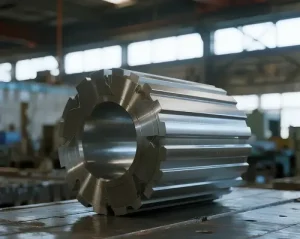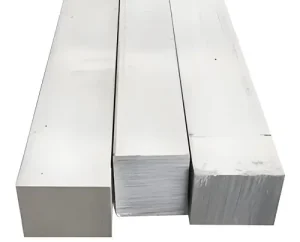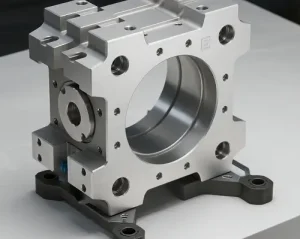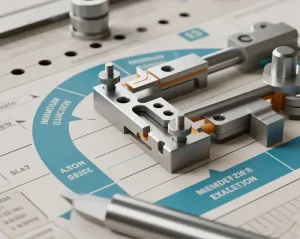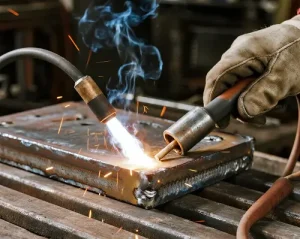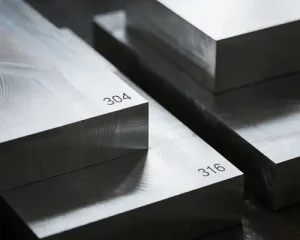1018 vs 4140 Steel: Which Is Better for CNC Machining and Application?
Steel remains the most widely used material across numerous industries—from automotive manufacturing to industrial machinery, and even simple structural components like columns. Different steel grades dominate various applications based on their performance and cost-effectiveness. When selecting suitable materials for CNC machining, it is essential to consider these factors carefully. Among common choices, 1018 steel and …

